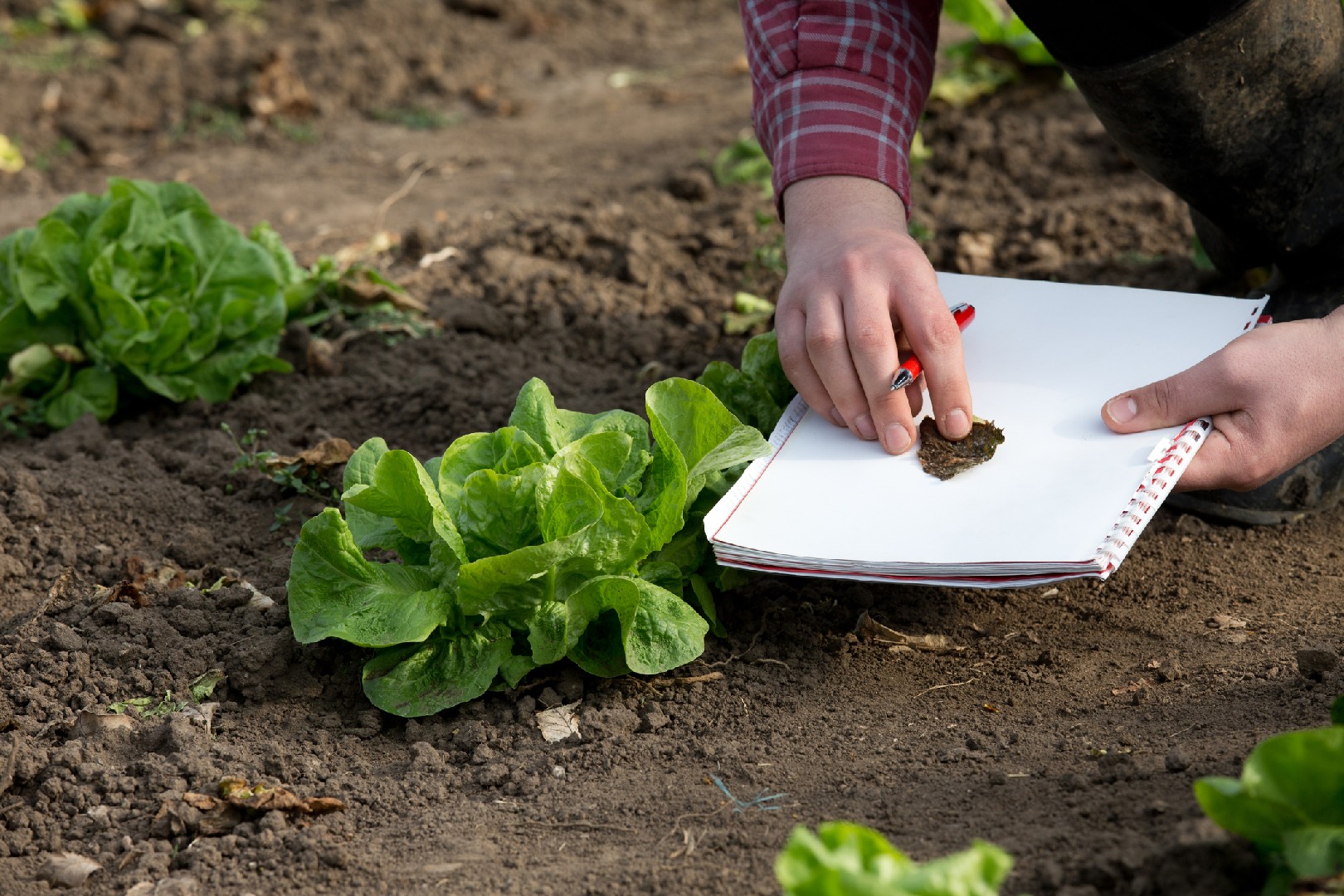![Rectangle]()
Determining the Existing Soil pH
To correct soil pH and create an ideal balance for plant growth, it is essential to first determine the existing soil pH. This step is crucial as it will guide you in choosing the appropriate amendments and treatments to bring the pH to the desired level. Fortunately, there are several methods available for testing soil pH, ranging from DIY options to professional kits.
One of the simplest and most cost-effective ways to determine soil pH is by using a DIY soil testing kit. These kits generally consist of a test strip or probe that changes color based on the pH level of the soil. To use a DIY soil testing kit, you need to follow the instructions provided with the kit. Typically, you'll need to gather a soil sample from your garden, mix it with water, and then dip the test strip or insert the probe into the mixture. The color that appears on the test strip or the reading on the probe will indicate the pH level of your soil.
For those who prefer more accurate and reliable results, professional soil testing services are available. These services are often provided by agricultural extension offices, universities, or private laboratories. Professional soil tests usually involve collecting soil samples from different areas of your garden and sending them to the testing facility. The lab technicians will analyze the samples and provide you with a detailed report that includes not only the pH level but also other important soil properties like nutrient content and organic matter.
Understanding the pH scale is crucial when interpreting the results of your soil pH test. The pH scale ranges from 0 to 14, with 7 considered neutral. Values below 7 indicate acidic soil, while values above 7 indicate alkaline soil. Ideally, most plants prefer a slightly acidic to neutral pH range of 6 to 7.5. However, it is important to note that different plants have varying pH preferences. For instance, acid-loving plants like azaleas and blueberries thrive in more acidic soil with a pH range of 4.5 to 5.5, while alkaline-loving plants like lilacs prefer a more alkaline soil with a pH range of 7.5 to 8.5.
Real-world examples can help illustrate the effect of pH on different types of plants. For instance, let's consider two common garden plants: tomatoes and hydrangeas. Tomatoes are more productive and resistant to diseases when grown in soil with a slightly acidic pH of around 6.5. On the other hand, hydrangeas' flower color depends on soil pH. In acidic soil, they produce blue flowers, while in alkaline soil, they produce pink flowers. These examples highlight the importance of understanding soil pH and how it can influence plant growth and health.
By determining the existing soil pH through DIY kits or professional testing services, you will have a solid foundation for correcting soil pH and promoting optimal plant growth. The insights and knowledge gained from testing will allow you to make informed decisions when it comes to choosing the right amendments and treatments for your garden. Remember, maintaining the ideal soil pH is a vital step towards creating a healthy and thriving garden.





